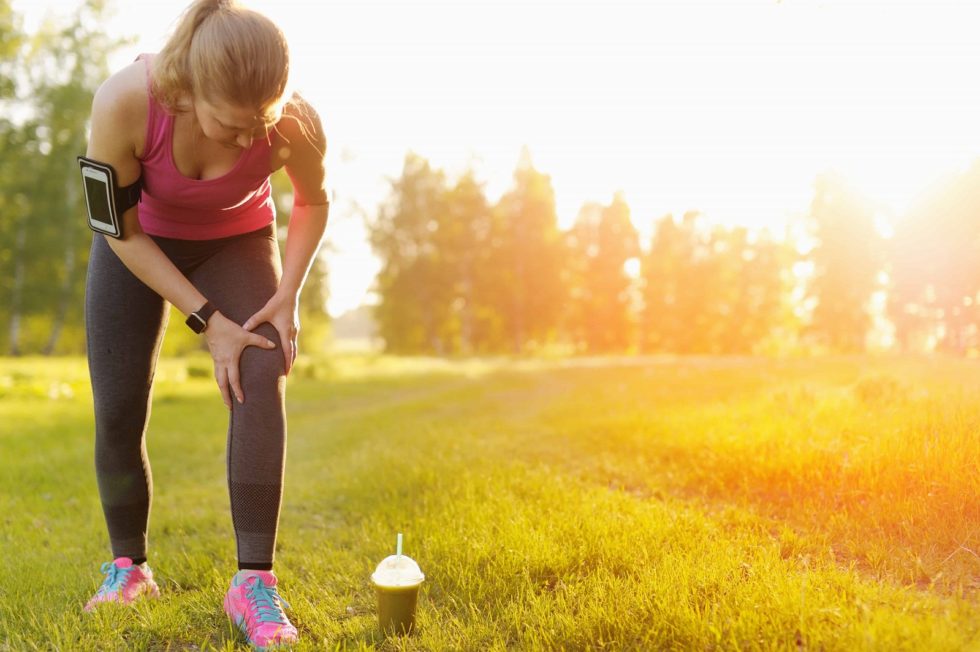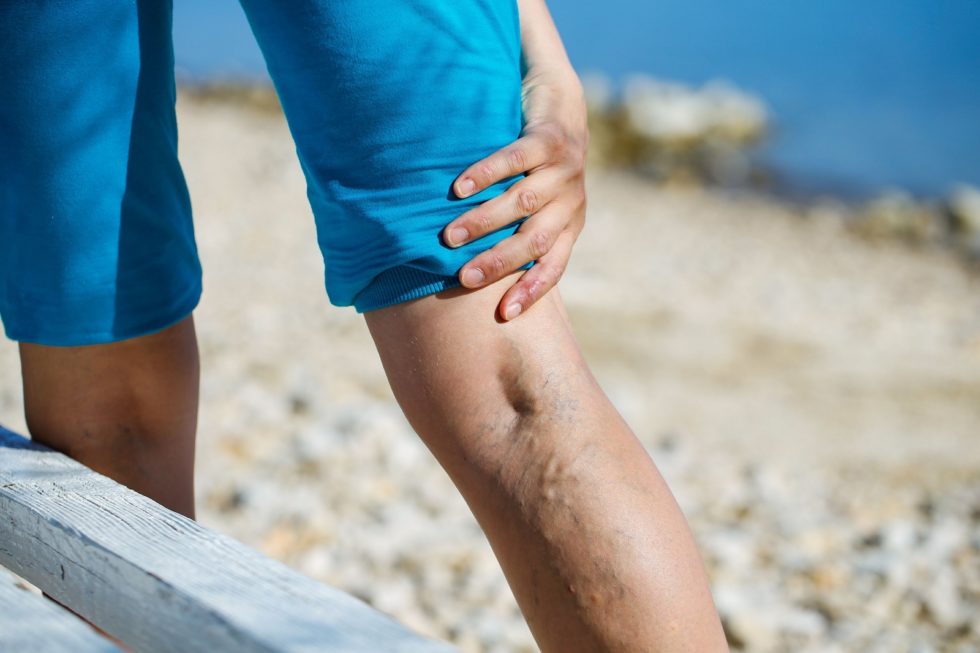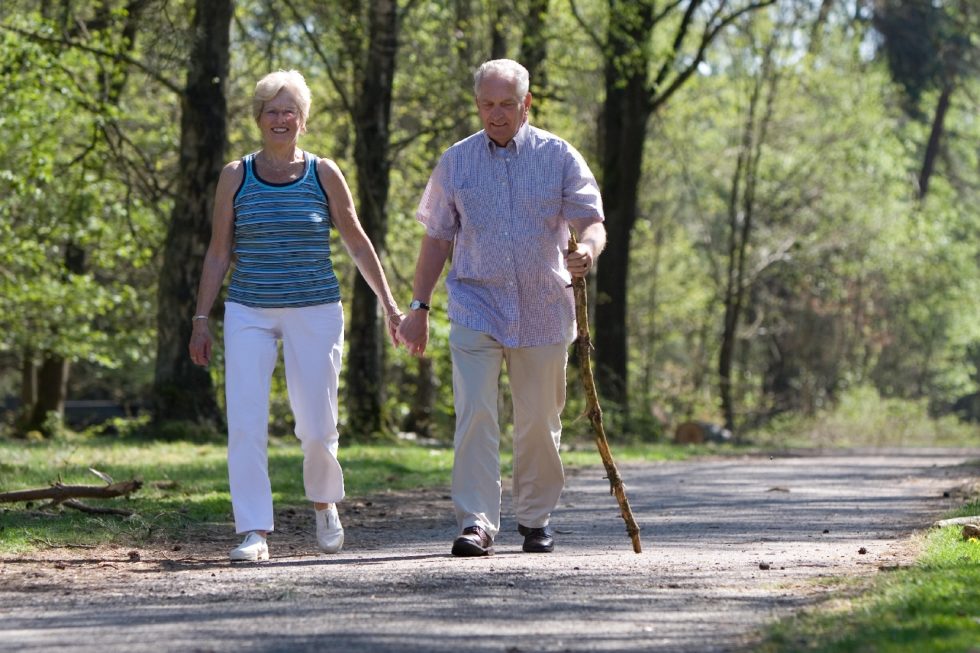Do Varicose Veins Hurt? It Could Be a Sign of Something More Serious
Author: StrideCare Internal Team

When most people start noticing their varicose veins, they are often more worried about how their legs will look than anything else. If it’s a cosmetic thing, some might be so self-conscious that they will wear nothing but long pants and pretend the problem doesn’t exist. What they don’t realize is they will have a bigger problem if those veins go untreated and begin to hurt. Do varicose veins hurt? Yes they can, and it could be a sign of something serious.
According to the Society for Vascular Surgery, varicose veins are a common condition that affects roughly 25 million men and women in the United States. And for many people, these twisted, bulging veins can lead to intense pain and discomfort, ultimately affecting their quality of life in numerous ways.
If your varicose veins hurt, it is your body’s way of telling you something is wrong.
Do You Have Any of These Symptoms?
While typically not life-threatening, varicose vein patients can experience a variety of symptoms, including:
- Tiredness
- Swelling
- Achiness
- Heaviness
- Pain
- Numbness
- Throbbing
- Itching
- Cramping
- Restless legs
Painful Varicose Veins Could Be a Sign
Varicose veins are caused by malfunction and damage of the valves in veins of the lower half of the body. As a result, blood flows forward but also backward, in the wrong direction (reflux). This reversal of flow leads to pooling of backed-up blood, which then causes the veins to bulge, stretch, and enlarge.

Varicose veins may also develop in the pelvic and vaginal areas as well as the buttocks of pregnant women. Varicose veins that appear during pregnancy may be symptomatic of venous reflux or a pelvic venous condition.
Without proper treatment, the appearance and symptoms of varicose veins may worsen over time. If varicose veins hurt, this can be an early sign of serious complications, including:
Deep Vein Thrombosis (blood clots) — These blood clots reduce or block the flow of blood in a vein and tend to form in the deep, large veins of the pelvis, legs, thighs, or arms. DVT is a potentially life-threatening condition.
Chronic Venous Insufficiency (CVI) — Broken valves in a patient with CVI do not hold a seal and blood pressure builds up in the lower legs. This leads to pooling of the blood called venous stasis, causing swelling and skin changes.
Skin and foot ulcers — Venous and arterial (ischemic) ulcers come in all shapes, sizes, and severity and form on the lower extremities such as the legs, feet, toes, heels, and ankles. Both leg wounds take a considerable amount of time to heal. Venous ulcers develop because of damage to the veins. Arterial ulcers arise from artery damage.
Phlebitis and Thrombophlebitis — Phlebitis is inflammation of a vein. Thrombophlebitis is inflammation causing a blood clot to form and block one or more veins, usually in your legs.
Ways You Can Reduce Your Risk of Painful Varicose Veins
- Visit your doctor at the first sign of varicose veins
- Choose healthier eating habits
- Quit smoking
- Avoid standing or sitting for too long
- Avoid high heels and tight clothing
- Get more exercise

When to Call on Expert Treatment for Varicose Veins
If your varicose veins hurt and you experience any of the following, it’s time to call your doctor:
- Continuous and severe leg pain and/or swelling
- Varicose veins are red; They feel warm and tender to the touch
- Feeling achy, heavy legs at the end of the day, or after physical activity
- Varicose veins bleed on their own or due to injury
- Skin develops ulcers (open sores)
- Itchy, dry, inflamed and/or discolored skin surrounding varicose veins
- Symptoms not reduced by conservative approaches like compression socks, increased active lifestyle, and/or more healthy eating
Successfully treating varicose veins disorders depends on accurate and early diagnosis of the underlying issue, in addition to prescribing the right solution based on your condition. The goal of treatment is to relieve your symptoms, reduce risk of further complications, and improve leg appearance. Recent advances in image-guided technologies have led to the development of minimally invasive procedures to achieve these goals, helping patients avoid surgery and hospital admittances.
At StrideCare, our board-certified physicians, medical assistants and support staff focus on providing you with the information you need to make informed decisions about your treatment options.
Schedule an Appointment with StrideCare
StrideCare has long been a leader in performing leading-edge procedures to treat venous disease such as varicose veins, spider veins, restless leg syndrome, pelvic congestion syndrome, iliac vein stenosis and more—all the while providing compassionate patient care. The vascular physicians at StrideCare are board certified diagnostic radiologists with additional fellowship training in vascular and interventional radiology.
If your varicose veins hurt, or you have questions on outpatient treatment options, the experts at StrideCare will recommend an individualized plan to help you get the best results.
Prior to starting any new treatment or questions regarding a medical condition, always seek the advice of your doctor or other qualified health provider. This information is not a substitute for professional medical advice.
StrideCare serves the South Texas area including Houston, San Antonio, Austin, Round Rock, Bastrop, Brushy Creek, Cedar Park, Converse, Georgetown, Hutto, Kyle, Leander, Marble Falls, New Braunfels, Pasadena, Pearland, Pflugerville, San Marcos, Schertz, Houston, Sugar Land, Katy, Webster, Bay City, Clear Lake, Lake Jackson, The Woodlands, Universal City, Spring, Kingwood, Stafford, Conroe, Texas City, Cypress, League City, Bellaire, and more.


